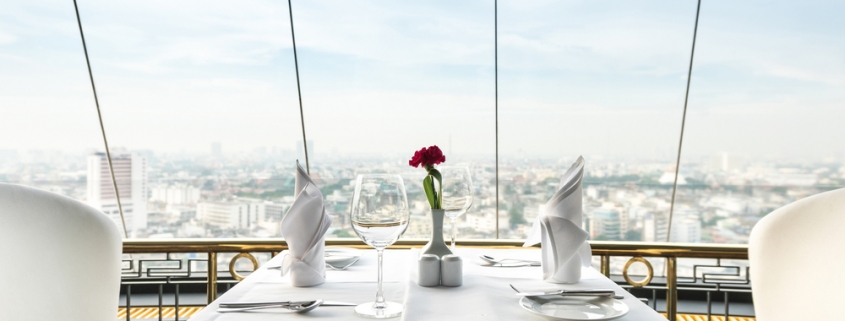In the day and age of pop-up restaurants and food trucks, will your food service business still find value in knowing how to set a table in a restaurant?
We all know that eating requires more than just our sense of taste. It is a multisensory experience. Chefs go through the lengths to learn and master the art of plating and food presentation, but their hard work needs to be supplemented by appropriate table set-up.
The Importance of Proper Table Setting in a Restaurant
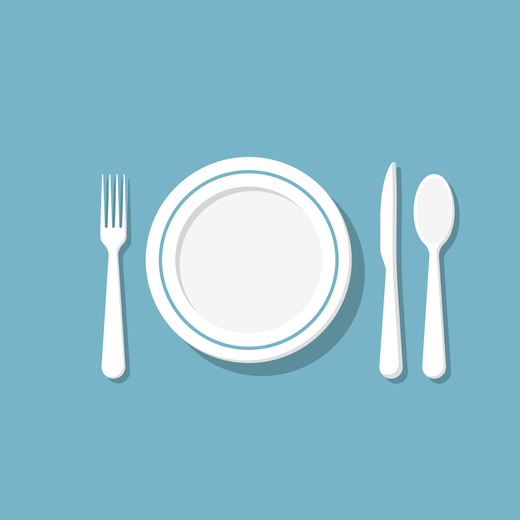
Where the dinnerware, glasses, and cutlery are placed is just as important as how they look. Here’s why:
1. Table setting sets the expectations of your customer.
How the tables are set is one of the first key indicators of the kind of service the restaurant offers. Formal, full-service, and multi-course dining restaurants always provide the whole package. In less formal restaurants where the setting is casual, the tables are stocked with minimal implements and just the basics.
2. Table settings help set the ambiance.
As with expectations, how the table is set helps create an ambiance for the restaurant to match the food they serve and the décor of the dining room.
3. Table setting helps define the overall customer experience.
Proper table settings are designed for practicality and convenience in dining. Each component is strategically placed according to the order of use per course.
The Basics of How to Set a Table in a Restaurant
There are two basic types of table setting used in restaurants: informal and informal. The general rule for setting up either types is that the utensils are arranged in order of usage. Here are some of the basic principles you need to remember:
Informal Table Setting
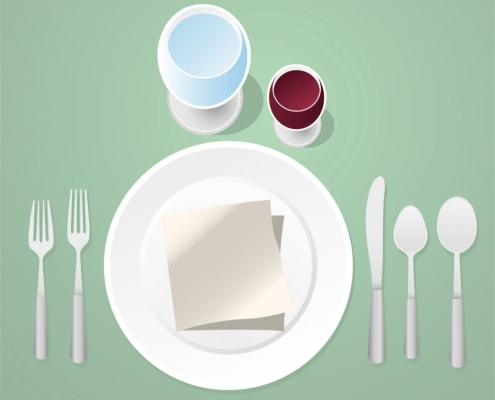
This type of setting is used to serve an informal three-course meal and uses fewer utensils. The plate is in the middle, topped usually with the napkin that’s either carefully folded or encased in a napkin ring.
The forks used are placed on the left, with the dinner fork closest to the plate and the salad fork on the outer left place.
The knife is placed on the right side of the plate with the sharp edge facing left. The soup spoon sits on the outermost right side.
Above the forks is the bread plate with the bread knife lying diagonally on top of it. To the upper right corner of the setting just above the knives and spoons are the glasses: water glass to the left and wine glass to the right.
Formal Table Setting
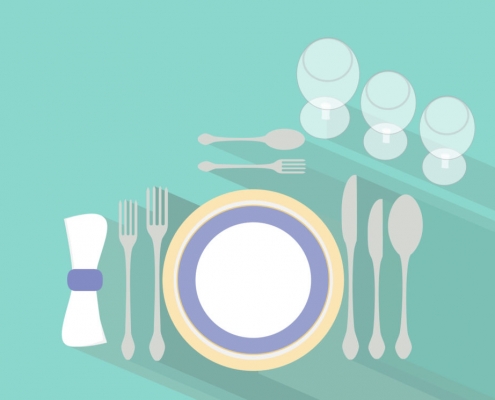
The same principles of informal table setting apply to the formal place setting except that, with more courses to serve, there are more utensils to arrange. By principle, there should not be more than three items on each side of the plates. The only exception to this rule is when oysters are being served and a fourth fork is necessary.
Just like the informal table setting, the plate is at the center of the placemat. A charger plate holds the smaller plates for each course.
The forks remain on the left, with the fork for the main course sitting closest to the plate. The first fork from the left is either the small, salad fork or the fish fork, the final placement of which depends on which course is going to be served first.
On the right side, the knives are arranged depending on the arrangement of the corresponding forks, but always the sharp side facing the plate.
The soup spoon then sits on the far right of the plate, unless oysters are going to be served, which means the oyster forks take the space on the right.
The napkin either sits folded or encased in a ring on top of the plate, or folded in a special way to hold the knives.
As with the informal setting, the bread plate and knife are set on the upper left corner of the plate, right above the forks, with the bread knife sitting diagonally on top of the plate. On the upper right corner, just above the knives, the glasses are arranged in a diagonal line, with the water glass farthest from the plate and the red and white wine glasses arranged depending on the order of courses.
The Art of the Centerpiece and Accessories
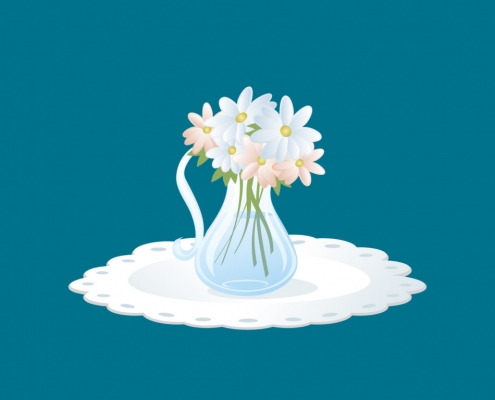
There are many other things that go onto the table that must also be considered to match the table setting. Aside from making sure that the dinnerware, glassware, and cutlery are pristinely clean and selected to match the overall theme and ambiance of your restaurant, it is just as important to pick the right accessories. These include the choices of placemats (if you are using them) and centerpiece.
Whether you are going for classic candlesticks, or a flower arrangement, or something else entirely, the main principle in choosing a centerpiece is to make sure that it (a) doesn’t take up too much space as to make eating completely uncomfortable for the diners, and (b) doesn’t block the line of vision of the diners.
Making the Right Linen Choice
The right linens to use for your restaurant tables matter the most in creating the best impression and therefore the best dining experience. No one likes eating on rough, stained, or smelly tablecloths and napkins.
Create the perfect dining atmosphere with the help of Economy Linen! Our top-notch range of restaurant linens will complement your table setting to create a classy dining atmosphere.
Speak with a consultant today to learn about the options that await you – call our hotline at 1-800-536-1000 to get started!

